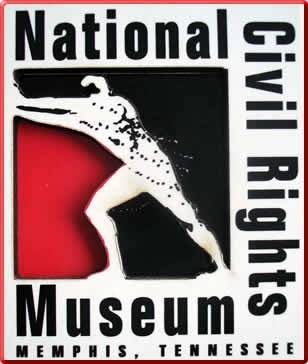Part one of a three-part series
If you are lucky, you are fortunate to know people who are “the real deal.” That is Lisa Hoffman. She is an experienced and talented fundraiser and coach. A woman who is both gentle and firm in her guidance, her goal is to help you reach your fundraising goals.
We recently reached out to Lisa and asked her to share some of what she has learned during her 30 years in fundraising. We began by asking about what exactly leads to fundraising success.
“Board leadership really is essential,” Hoffman began. “The Board Chair needs to give generously and raise money, as well as understand their role in modeling, guiding and supporting the rest of the board to do the same. The Board Chair has tremendous influence on creating a culture of philanthropy, generosity and giving. And if there are issues with board members, it is usually the chair who needs to step up and address them.
And, the executive director or CEO needs to be one of the organization’s lead fundraisers and partner with the Board Chair on keeping fund development high on the board’s agenda and radar. Another critical part of the executive’s role is to create a culture of generosity and appreciation of the individuals and groups that support the organization. Every staff member can be a leader in raising money, recruiting volunteers and garnering in-kind contributions. The executive sets the tone and process for this kind of engagement.
Passion is critical to successful fund development. Most people don’t like fundraising, and passion for their organization’s mission is the best motivator I know of to provide the drive and fearlessness needed to raise game-changing amounts of money over the long haul.
A Plan. Our colleague Jude Kaye says that, ‘A vision without a plan is hallucination.’ I agree with her perspective – fund development, without a plan that includes mission, vision, goals and a roadmap for success, flounders.”
Related to leadership, we asked Hoffman to share what she has identified as the qualities to look for in a board chair.
“Clarity about the chair role and what leadership means: to support and drive the board in stewarding the organization’s mission and vision. That means making sure every board member understands and fulfills their role in ensuring that every aspect of the organization – how people are treated, strategic direction, finances, fundraising – reflect sound values and respect the time and resources given to the organization,” she shared.
Hoffman added, “[and] Courage to deal with issues that typically range from financial challenges to founder executive director succession to troublesome board members with integrity and skill.”
Finally, “A good sense of humor – which I think is self-explanatory!”
You can reach Lisa at www.lisahoffman.net
Mel and Pearl Shaw are the authors of “Prerequisites for Fundraising Success” and “The Fundraiser’s Guide to Soliciting Gifts.” They provide fundraising counsel to nonprofits. Visit them at http://www.saadandshaw.com. Follow them on Twitter: @saadshaw.













